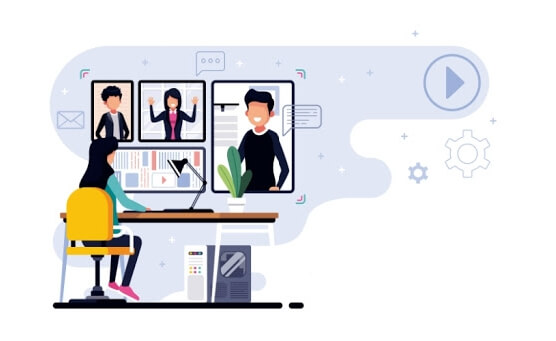Cloud Computing: Incomplete without APIs

Open any computer magazine or a business website and you will in all probability come across an article about cloud computing in some form or another. Be it saving your personal photos online or hosting your website, cloud computing is undoubtedly a transformative new approach to providing web-based services. But while cloud computing has arrived, only through APIs will its full potential be realized.
A Brief History of Cloud Computing
In the sixties, J.C.R Licklider, who was responsible for enabling the development of ARPANET (Advanced Research Projects Agency Network), introduced the idea of an “intergalactic computer network”. Some others attribute the cloud concept to computer scientist John McCarthy who proposed the idea of computation being delivered as a public utility.
However, Cloud computing for the masses has been something of a late developer, since the internet only started offering significant bandwidth only in the nineties. Since then cloud computing has developed along with a number of lines, with Web 2.0 being the most recent evolution.
Google came up with the idea of using huge clusters of computers and building software with high fault tolerance so that when machines would go down, the overall system would still function properly. Another major milestone in cloud computing history was the arrival of salesforce.com in 1999 which pioneered the concept of delivering enterprise applications via a simple website. Then in 2002, Amazon started provided a suite of cloud-based services including storage, computation and even human intelligence. And more cloud computing providers have appeared, each with its own approach.
No Cloud Computing without APIs
Cloud computing draws its strength from its connections with the outside world, through APIs — whether you are allocating storage resources, placing a message on a queue, or remotely shutting down a virtual instance. For instance, social networking sites like twitter and facebook are promoting the use of their API by creating developer portals, creating more APIs, adding more code more and more APIs with extensive documentation.
But beyond social networking services, a majority of future features of cloud computing will be based on APIs, and thus developer-oriented, not user-oriented. More and more cloud computing users will consume both data and behavior using the APis, so they can mix and match cloud services within traditional enterprise or composite applications.
An Exciting Future
Over the last couple of years, there has been an amazing transition in Web 2.0. Content and services that were previously trapped in systems that required great effort to get pushed out to the web are now part of a much larger set of connected cloud eco-systems.
Organizations ranging from retail giants like Best Buy to content providers like the New York Times to service providers like Netflix to powerful institutions like the World Bank are opening their content and services to developers and partners. Information, functionality and services can now be delivered at the point and time that users want it. APIs are the foundation that makes this all possible; and this is nothing short of a revolution.
Written By: Admin

